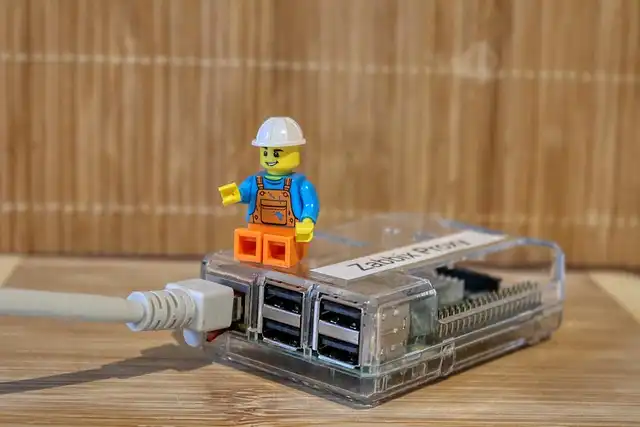Edge Computing: Architecture, Benefits & IoT Applications

Edge computing enhances compute and storage at the network edge, benefiting IoT (like security cameras) and IT applications. It improves performance, reduces costs, and offers better user experience by processing data locally.
And it’s not just IoT that can take advantage of edge computing. IT applications such as network switch surveillance can benefit from an edge computing architecture. Lots of surveillance applications already support remote information collector for exactly this reason. Lots of IT groups should cut the network standing details they gather to lower tons on main data sources and monitoring consoles. With a dispersed model making use of edge computer, they can accumulate every imaginable efficiency statistic at constant periods– a big timesaver when it involves debugging and troubleshooting network performance issues.
Edge Computing Architecture Explained
Edge computer is an architecture that enhances calculate and storage space capability at the side of the network, when and where it is required. That’s the edge of the network, and edge computing designs placed calculate and storage capacity out there, much from the.
Side computer is an architecture that boosts compute and storage capability at the side of the network, when and where it is required. That’s the edge of the network, and side computer designs placed calculate and storage space capacity out there, far from the.
An alternate design makes use of edge computing, maintaining the video stream for a structure within that structure and taking care of discovery and signals close to the video cameras. IT applications such as network button monitoring can benefit from a side computing architecture. With a distributed version utilizing edge computer, they can accumulate every imaginable efficiency statistic at regular periods– a big timesaver when it comes to debugging and troubleshooting network performance issues.
IoT & Security Camera Applications
The classic usage case for side computing is IoT, and the easiest-to-understand IoT example is security video cameras. Side computing can assist correct a few predictable however often neglected design problems when cameras are installed or updated.
Benefits Beyond IoT: IT Applications
A different architecture makes use of side computer, keeping the video clip stream for a structure within that structure and handling discovery and alerts close to the cams. And, if there are remote buildings that don’t have fiber links to the major school, edge computing can help with that as well because cameras will not be contending with users for transmission capacity and will not impact the user experience by increasing latency and blockage.
Side computing is not a certain item of software or hardware you mount, yet a layout model for IT teams that delivers benefits by placing calculate and storage space ability at a range from main information.
Storing all that video isn’t difficult, though. Higher education IT groups have experience with high-performance computer, and they definitely can build storage subsystems and CPU capacity to handle thousands of cameras. Yet that’s not an extremely effective use sources due to the fact that HPC equipment is a costly way to address an issue that edge computer architecture can manage at a fraction of the rate.
Not every application, and not every structure, is perfect for side computing. But having side computer as part of your toolkit can deliver a far better individual experience, higher application performance and a lot more reliable use resources.
Joel Snyder, Ph.D., is a senior IT professional with 30 years of technique. A globally acknowledged expert in the areas of security, messaging and networks, Dr. Snyder is a prominent speaker and writer and is understood for his thorough and impartial examinations of security and networking products. His customers include significant companies on 6 continents.
The cloud has limitations, including data transfer, storage space and latency costs. For some applications and environments, specifically Web of Things (IoT) and data collection systems, side computer can supply far better performance, progressed abilities and reduced costs.
Cost Considerations & Implementation
Video clip isn’t the only IoT application where side computer makes sense. Smart building sensing units that frequently monitor power, temperature level, humidity, visibility, light and even more can generate a whole lot of data that doesn’t usually change. Using edge computer to pre-process IoT surveillance data disperses the lots and makes central surveillance and reporting more responsive.
Side computing likewise comes with prices: There are web servers and storage systems to be purchased, installed, managed, checked, updated and safeguarded at the edge of the network. IT teams must make a mindful cost-benefit evaluation before they dive into edge computing.
In a typical, centralized design– whether in an on-campus data facility or in the cloud– every little thing is sent out to a network video recorder. It’s true that an university with 10-gigabit-per-second interbuilding web links can deal with a lot of cameras, however data transfer isn’t the only factor to consider; streaming all that information to storage space runs and creates a real obstacle up significant prices.
1 cloud computing2 data storage
3 edge computing
4 IoT applications
5 IT architecture
6 network performance
« Grad Unemployment: AI Impact & Job Market ChallengesTrump’s Policies Impacting Colleges: Funding Cuts & Probes »
